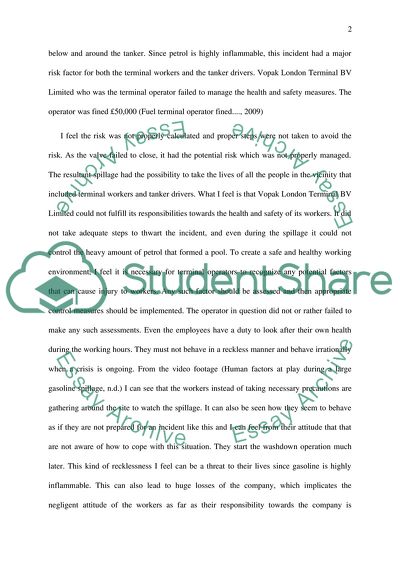Cite this document
(“Occupational Health And Safety Coursework Example | Topics and Well Written Essays - 2250 words”, n.d.)
Retrieved from https://studentshare.org/health-sciences-medicine/1609393-occupational-health-and-safety
Retrieved from https://studentshare.org/health-sciences-medicine/1609393-occupational-health-and-safety
(Occupational Health And Safety Coursework Example | Topics and Well Written Essays - 2250 Words)
https://studentshare.org/health-sciences-medicine/1609393-occupational-health-and-safety.
https://studentshare.org/health-sciences-medicine/1609393-occupational-health-and-safety.
“Occupational Health And Safety Coursework Example | Topics and Well Written Essays - 2250 Words”, n.d. https://studentshare.org/health-sciences-medicine/1609393-occupational-health-and-safety.


